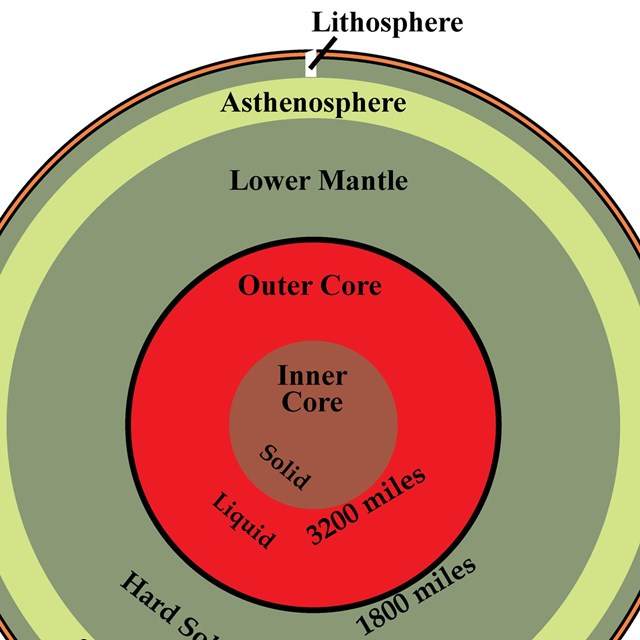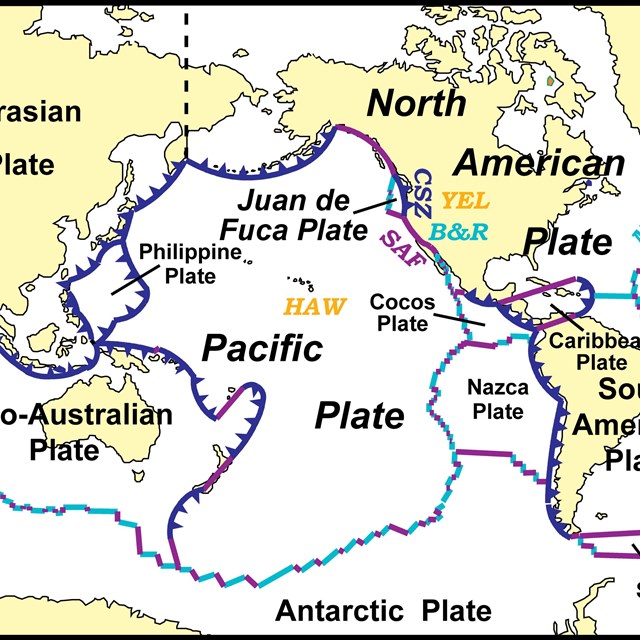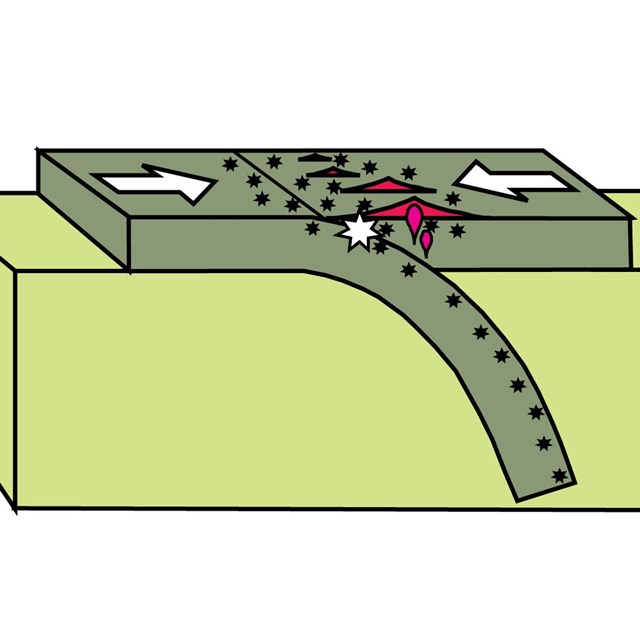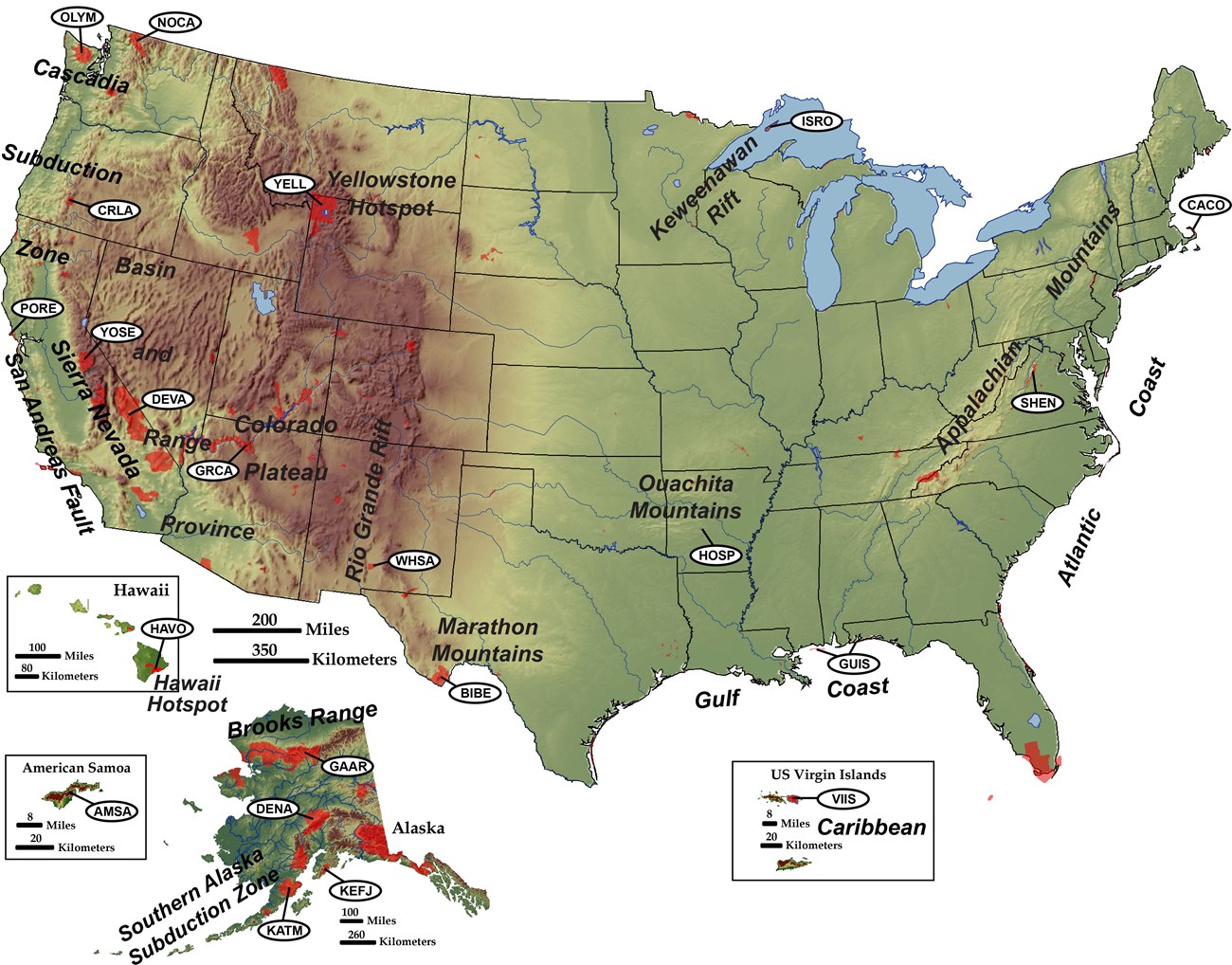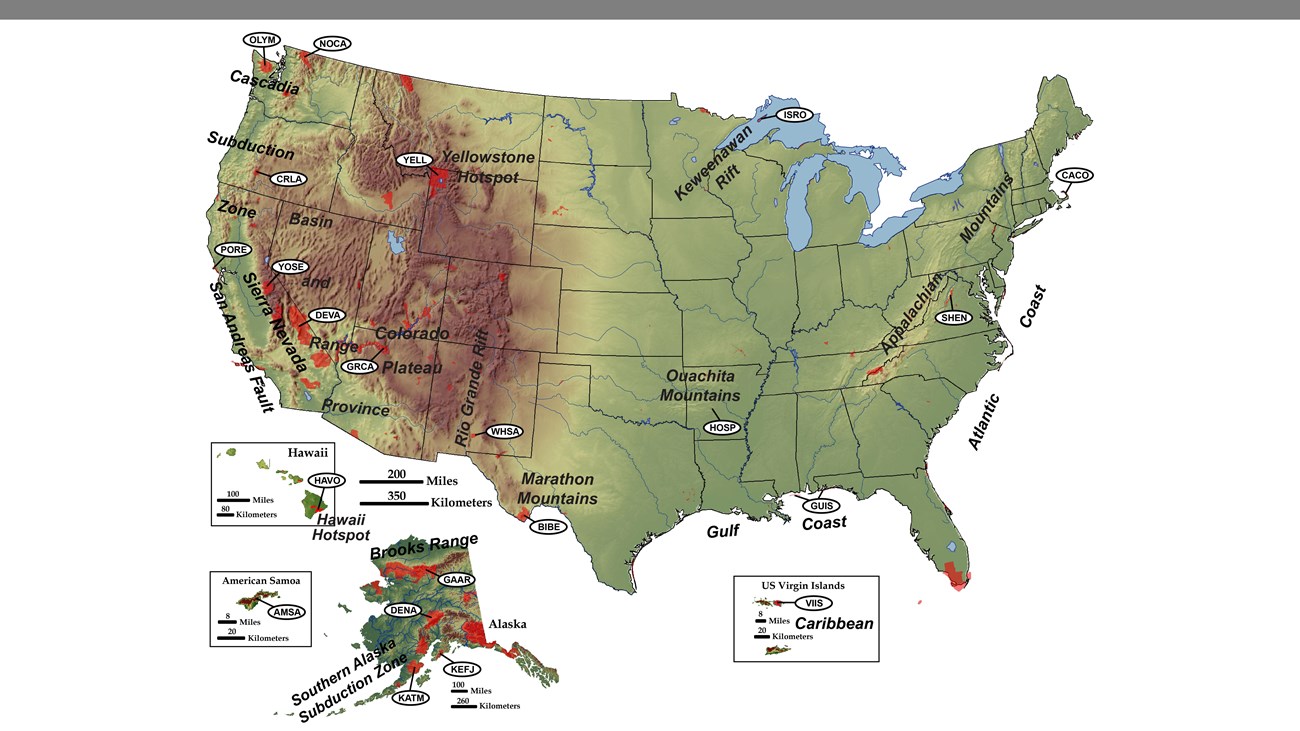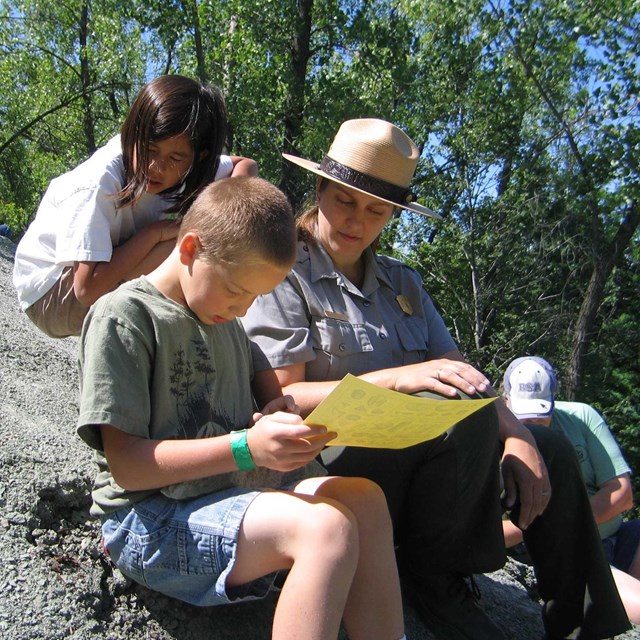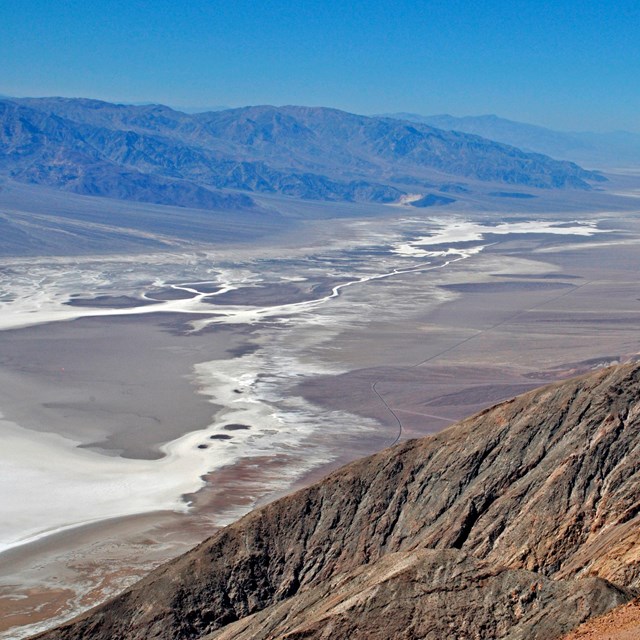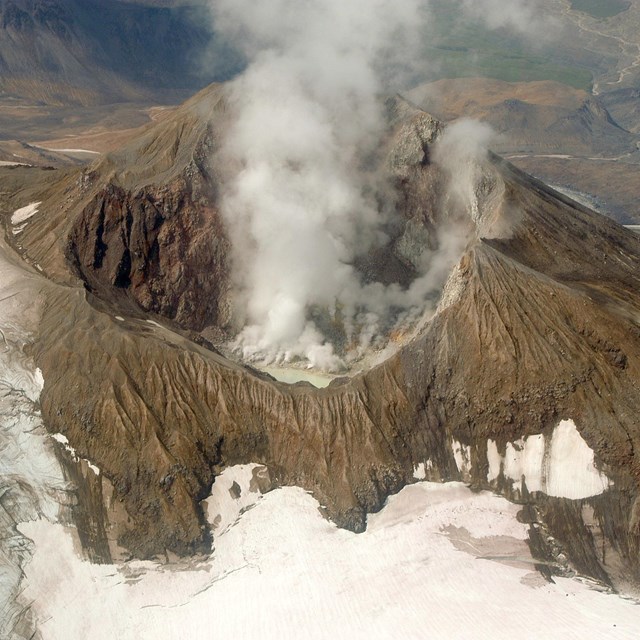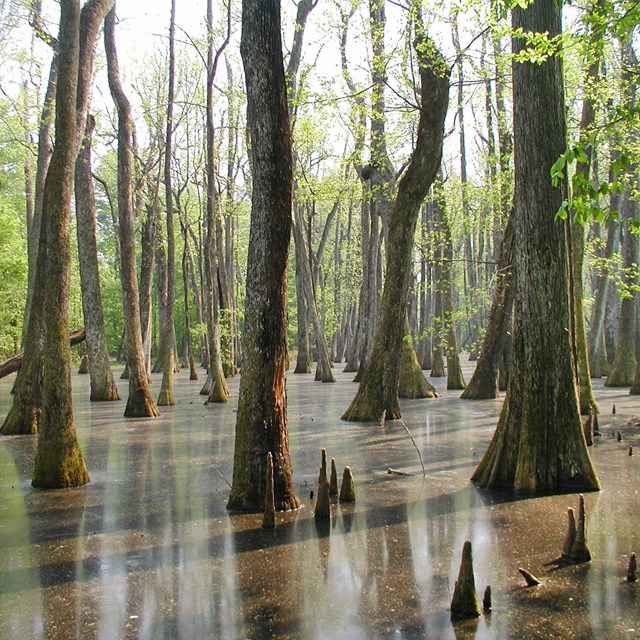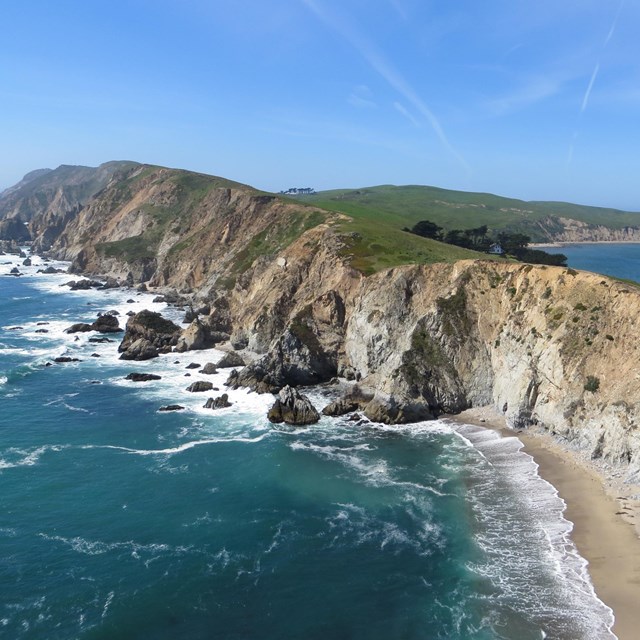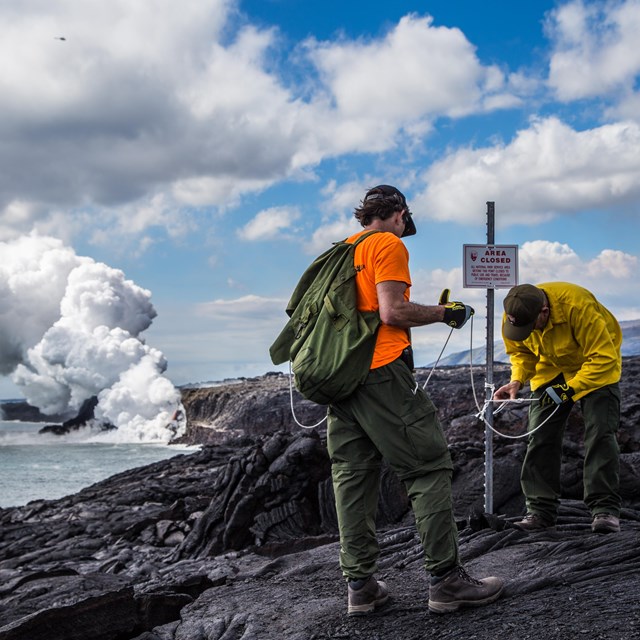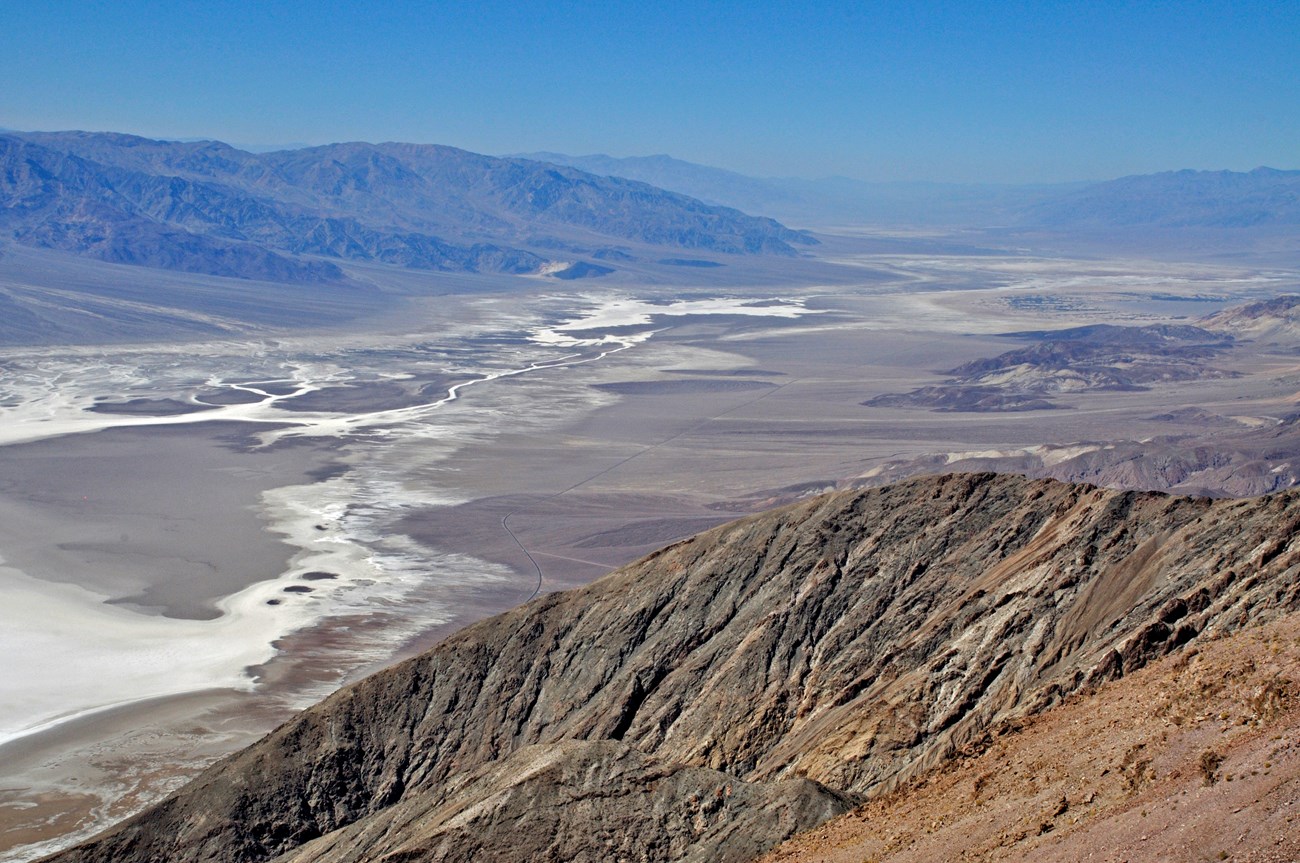
IntroductionThe inspiring landscapes of the United States captivate with their beauty and power—and sometimes danger! But the same geological forces that threaten our lives with earthquakes and volcanic eruptions also nourish our spirits by forming our country’s spectacular mountains, valleys, and coastlines. National parks, monuments and seashores highlight this scenery and reveal Earth’s processes in action. Plate Tectonics—The Unifying Theory of GeologyWe live on a layer of Earth known as the lithosphere which is a collection of rigid slabs that are shifting and sliding into each other. These slabs are called tectonic plates and fit together like pieces to a puzzle. The shifts and movements of these plates shape our landscape including the spectacular mountain ranges, valleys, and coastlines of our national parks. The theory of plate tectonics was revolutionary in helping us understand how these landscapes formed in the past and how they continue to change during our lifetimes.
|
Last updated: September 22, 2020

